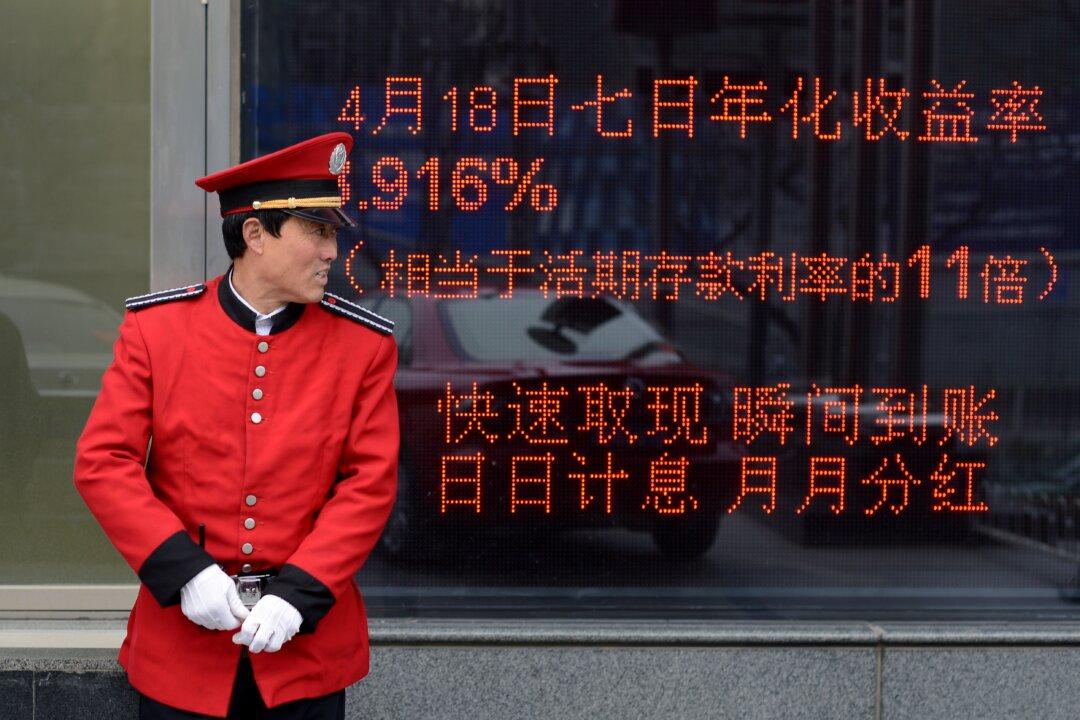China seemed to have caught a break in October, but capital outflows came back in full force in November.
According to central bank data, foreign exchange reserves fell $87 billion to $3.44 trillion. The drop is almost as large as the record of $94 billion set in August.
“The increased likelihood of a December Fed rate hike will also have added to outflow pressures,” Capital Economics writes in a note to clients.
The Dec.7 fixing for the Chinese yuan suggests these pressures persist in December.
The People’s Bank of China (PBOC) set the midpoint r ate at 6.3985 per dollar prior to market open, 0.21 percent weaker than the previous fix 6.3851, the lowest since late August.
Chinese capital outflows are a hot topic because until the trend reversed in 2014, the country just kept accumulating foreign capital to the tune of $4 trillion. It has been downhill ever since and total capital outflows could hit $1 trillion by the end of the year.






